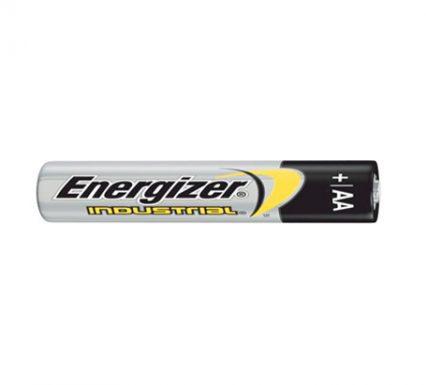In industrial settings, where power is the lifeline of operations, selecting the right industrial battery solutions is paramount. These solutions not only define the reliability and efficiency of critical processes but also play a crucial role in ensuring seamless operations. This blog takes a deep dive into industrial batteries, exploring their significance and the rigorous testing procedures that validate their performance.
Powering Progress: The Influence of Industrial Battery Solutions
Choosing the Right Power Source: Industrial operations demand robust and dependable power sources, and that’s precisely where industrial battery solutions come into play. These batteries, with their advanced features and high energy density, serve as the powerhouse for machinery, equipment, and systems that drive productivity in manufacturing, logistics, and other sectors.
Versatility Across Industries: One of the defining features of industrial battery solutions is their versatility. From providing consistent power in manufacturing plants to supporting critical infrastructure during emergencies, these batteries are designed to meet the diverse needs of industries. Whether it’s ensuring continuous production or acting as a reliable backup during power outages, industrial batteries prove indispensable.
Testing the Limits: The Critical Role of Industrial Battery Testing
Ensuring Reliability: The reliability of industrial battery solutions is non-negotiable. Rigorous industrial battery testing is the linchpin that ensures these batteries can withstand the demands of industrial environments. This testing goes beyond conventional standards, subjecting batteries to a series of assessments to validate their safety, performance, and longevity.
Standards and Specifications: Take, for instance, the EN93 – C battery, a stalwart in the industrial battery realm. Classified as alkaline and adopting a Zinc-Manganese Dioxide (Zn/MnO2) chemical system, this battery adheres to stringent specifications. With a nominal voltage of 1.5 volts, a nominal internal resistance (IR) ranging from 150 to 300 milliohms, and an operating temperature range of -18°C to 55°C, this battery is engineered for reliability in diverse industrial conditions.
Performance Metrics: Industrial battery testing evaluates critical performance metrics. It examines discharge capabilities, cycle life, and the ability to function in varying temperatures. The EN93 – C battery, for example, stands out with its typical weight of 66.2 grams, typical volume of 26.9 cubic centimeters, and a flat contact terminal that ensures a secure connection.
Efficient Design: The Anatomy of Industrial Battery Solutions
Chemistry Matters: Industrial battery solutions are designed with specific chemistries to cater to different needs. These chemistries, such as Zinc-Manganese Dioxide, ensure optimal performance without compromising safety. The absence of added Mercury or Cadmium aligns with environmental considerations, making these batteries not just powerful but also eco-friendly.
Longevity and Shelf Life: The design of industrial batteries is geared towards longevity. With a shelf life of 7 years at 21°C, these batteries offer extended reliability, ensuring they are ready to power operations when needed. The plastic label jacket further contributes to their durability, making them suitable for the demanding industrial environment.
Conclusion: A Resilient Power Solution
Industrial battery solutions and meticulous testing procedures are the bedrock of operational efficiency in industrial settings. As industries evolve, demanding more from their power sources, the reliability, versatility, and performance of industrial batteries become pivotal. Whether it’s the powerhouse driving manufacturing processes or the reliable backup during emergencies, these batteries, tested to the limits, stand as a testament to the resilience of industrial power solutions.
